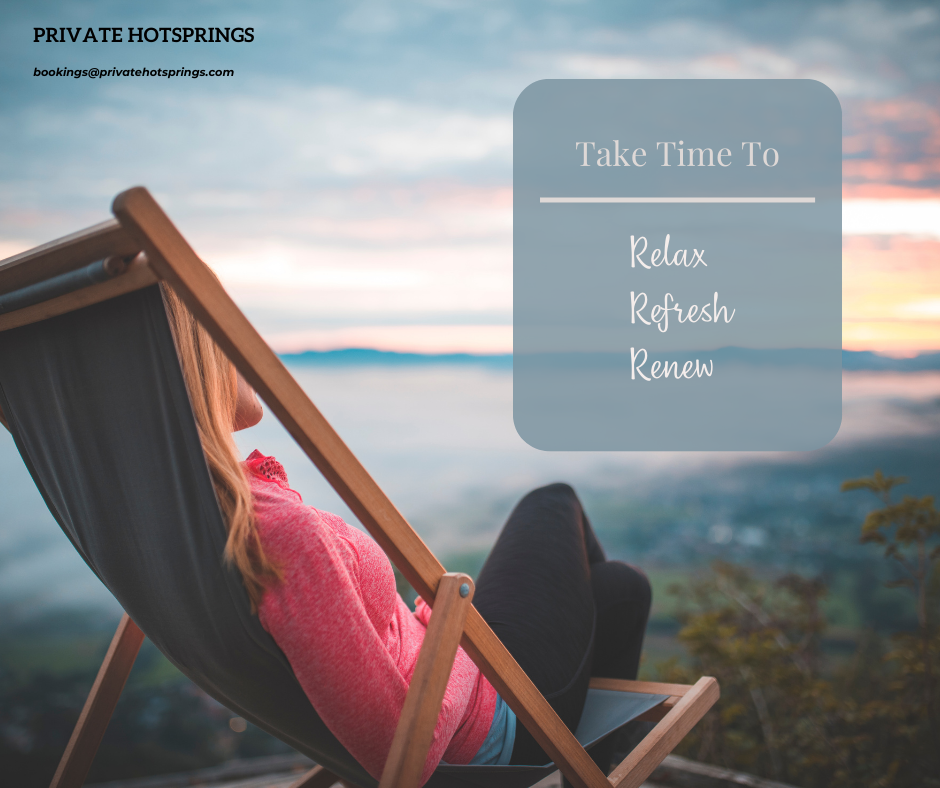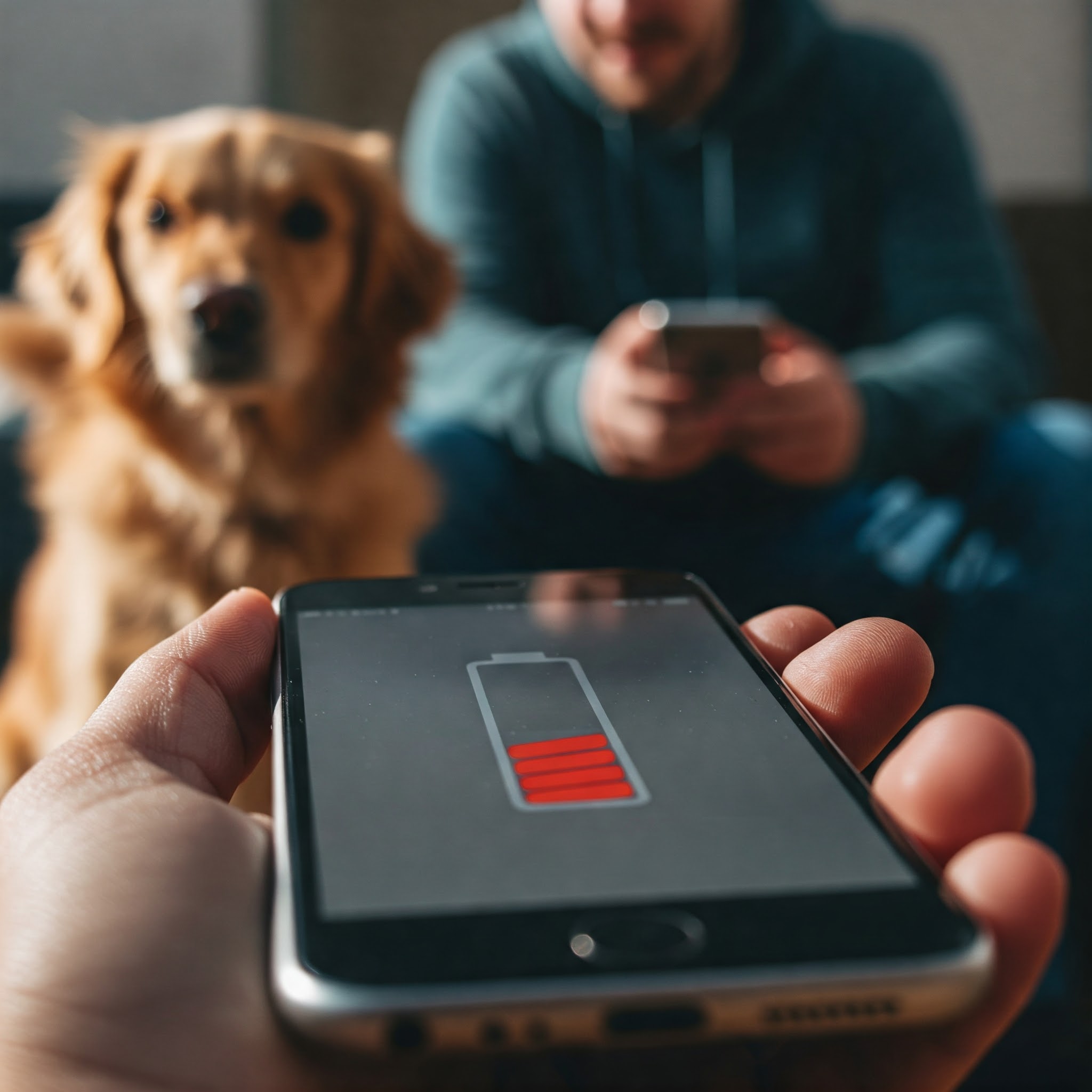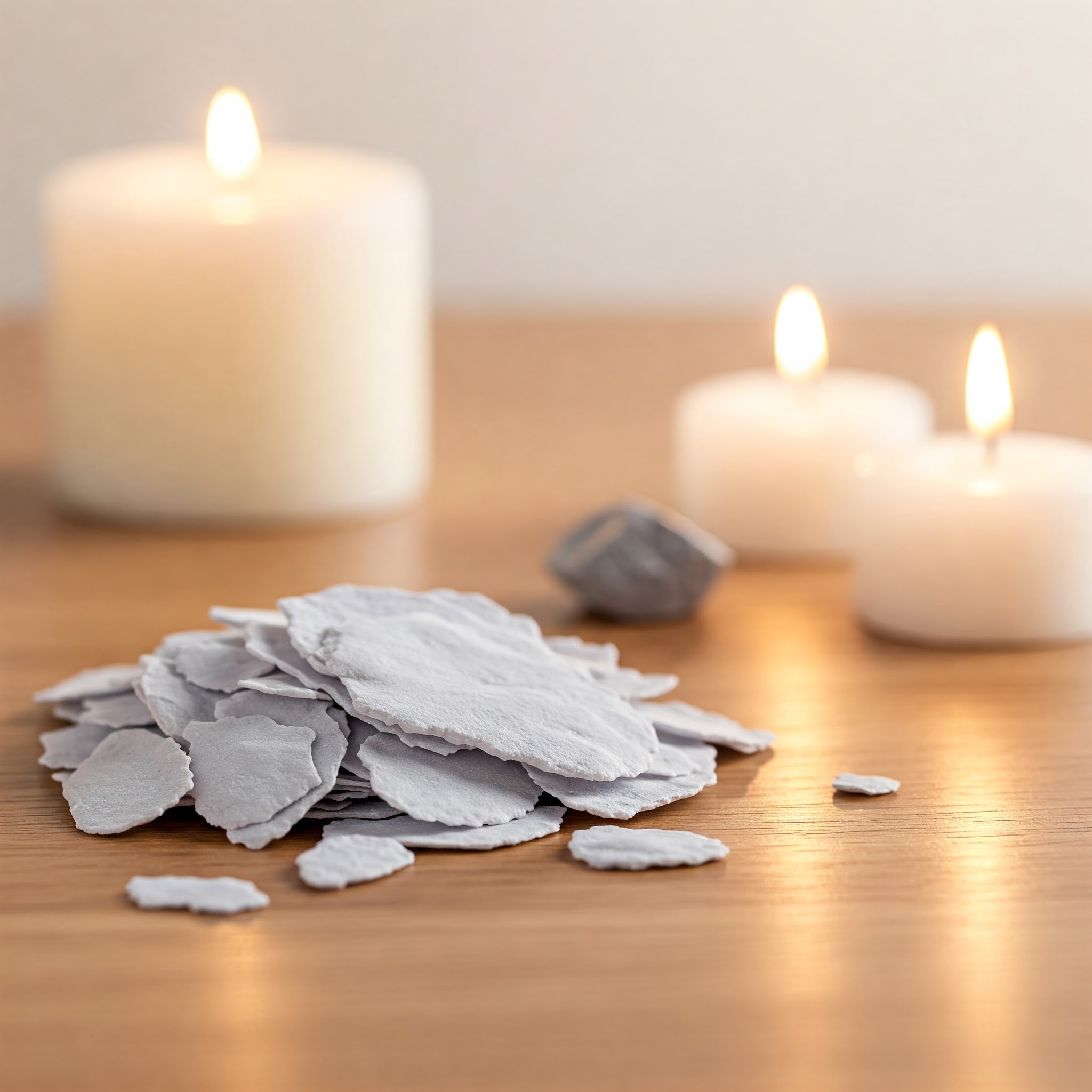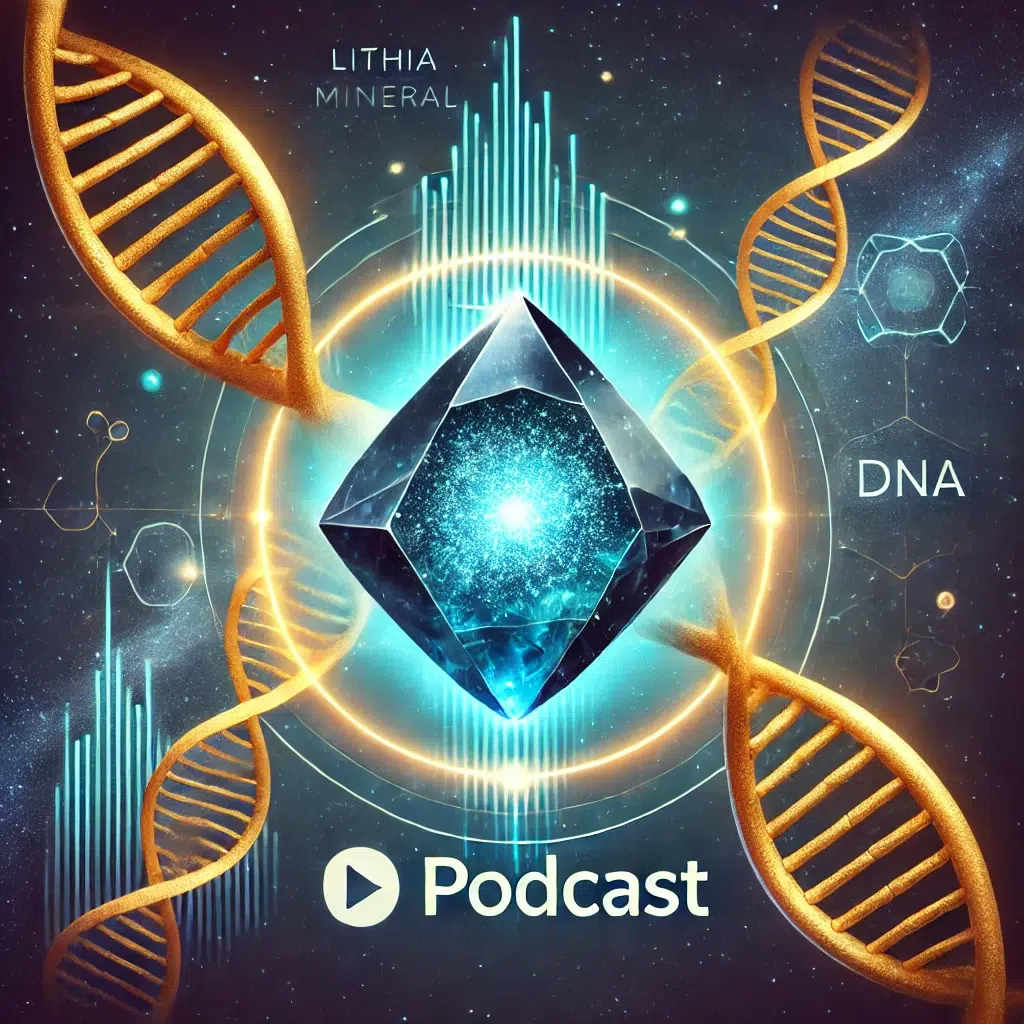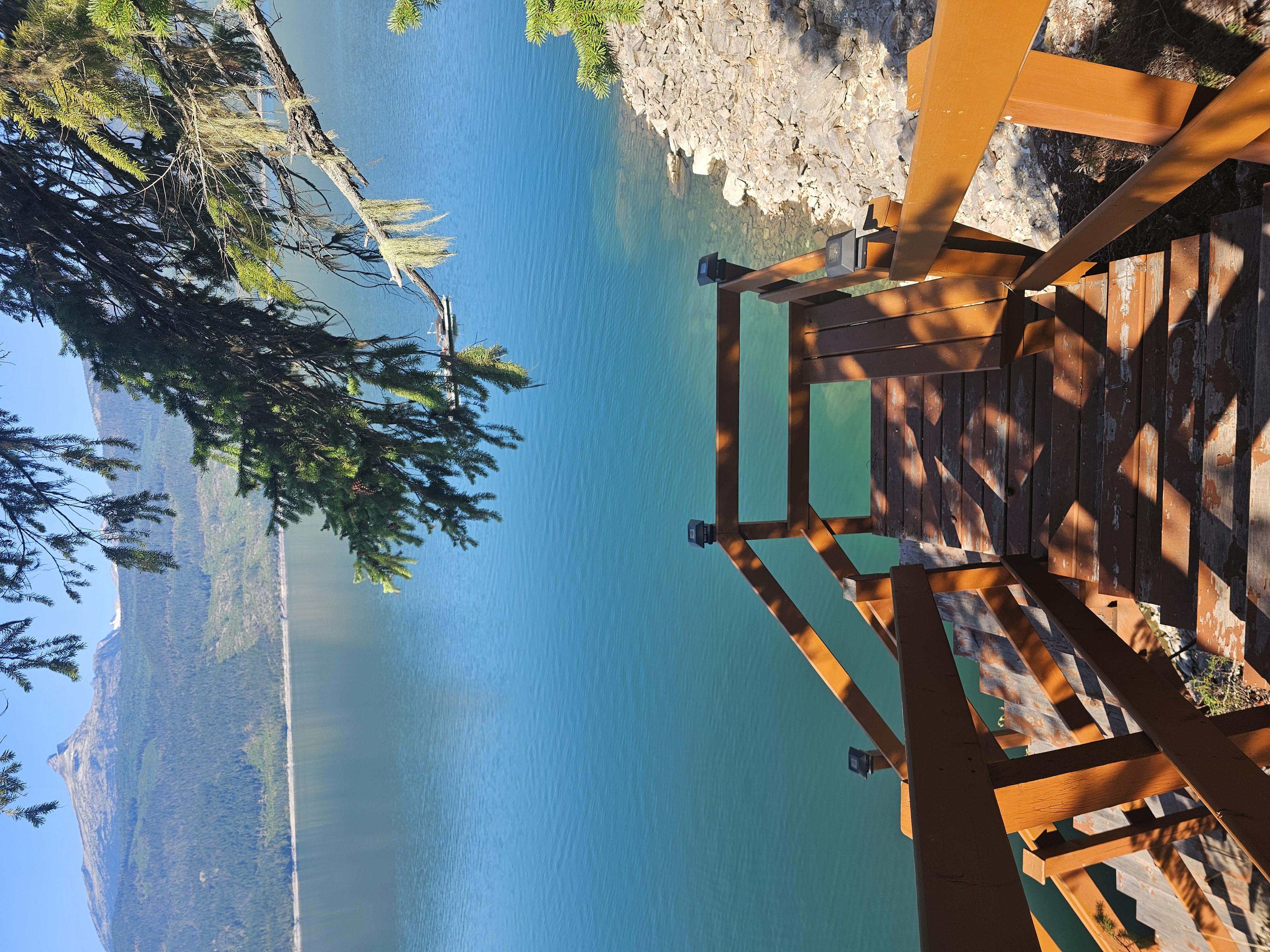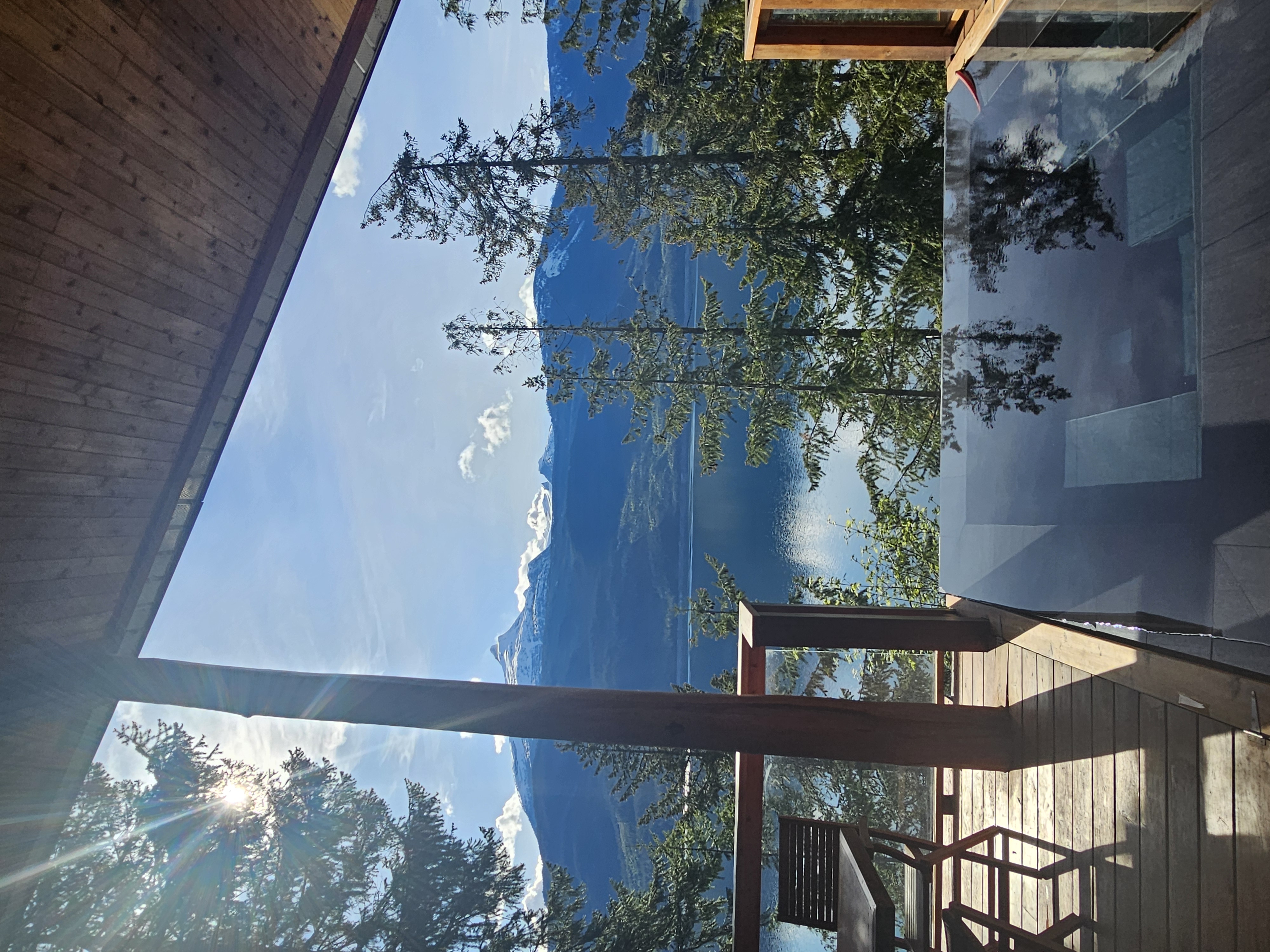The Ancient Ritual That Silences Modern Chaos

Water speaks. Air renews. Time stops.
In our relentlessly connected world, true disconnection has become our most precious luxury. The natural hot springs experience offers more than mere relaxation. It presents a sacred ritual for complete mental reset when approached with intention and awareness.
The Arrival Ritual
Begin your transformation before you even touch the water. As you approach the springs, slow your pace deliberately. Notice the changing sounds as civilization fades behind you. Feel the subtle shift in air quality. The ritual begins not with immersion but with arrival.
Leave your devices secured away. Not nearby. Not on silent. Completely removed from your experience. The electromagnetic silence creates space for your own thoughts to surface.
The Immersion Sequence
Enter the mineral-rich waters gradually. Allow your body to acclimate not just to temperature but to the distinct mineral composition that distinguishes these waters from ordinary experiences. The minerals penetrate your skin, creating a subtle dialogue between the ancient earth and your modern body.
Position yourself where you can see the sky. The contrast between the warm embrace of water and the vast openness above creates a perfect tension that anchors you firmly in the present moment.
Breath as Anchor
Your breath becomes the metronome of your experience. Inhale for four counts, feeling the crisp air fill your lungs. Hold briefly. Exhale for six counts, releasing tension with each breath. The steam rising from the water’s surface visualizes this exchange – your concerns dissipating into the atmosphere.
Notice how your breathing naturally synchronizes with the subtle movements of the water. This unconscious alignment signals your nervous system that deep restoration has begun.
The Art of Thermal Cycling
The most transformative practice involves alternating between the hot mineral waters and brief exposure to cooler temperatures. This contrast therapy has been practiced across cultures for millennia, from Nordic traditions to Japanese onsen rituals.
Allow yourself to soak until your body signals complete warmth, typically 15-20 minutes. Then briefly experience cooler air or water before returning to warmth. This cycling creates a physiological reset that transcends ordinary relaxation.
Mindful Completion
Resist the urge to immediately reconnect with the world after your soak. The transition deserves its own sacred space. Sit quietly wrapped in a natural fiber blanket. Feel the minerals drying on your skin. Let your thoughts wander without judgment or purpose.
Hydrate with pure spring water, completing the cycle of purification. Only when you feel fully integrated should you slowly return to your regular pace.
Beyond Relaxation
This ritual offers more than temporary escape. The combination of mineral immersion, intentional breathing, and complete digital disconnection creates lasting neural changes. Regular practitioners report enhanced creativity, improved stress resilience, and a renewed sense of connection to both self and nature.
In our sanctuary of secluded waters, we witness this transformation daily. Guests arrive carrying the weight of their complex lives and depart with a lightness that extends far beyond physical sensation. The ancient wisdom of these waters reminds us that sometimes the most profound advancement comes through returning to our most elemental experiences.
www.privatehotsprings.com & www.kootenayhotsprings.com

